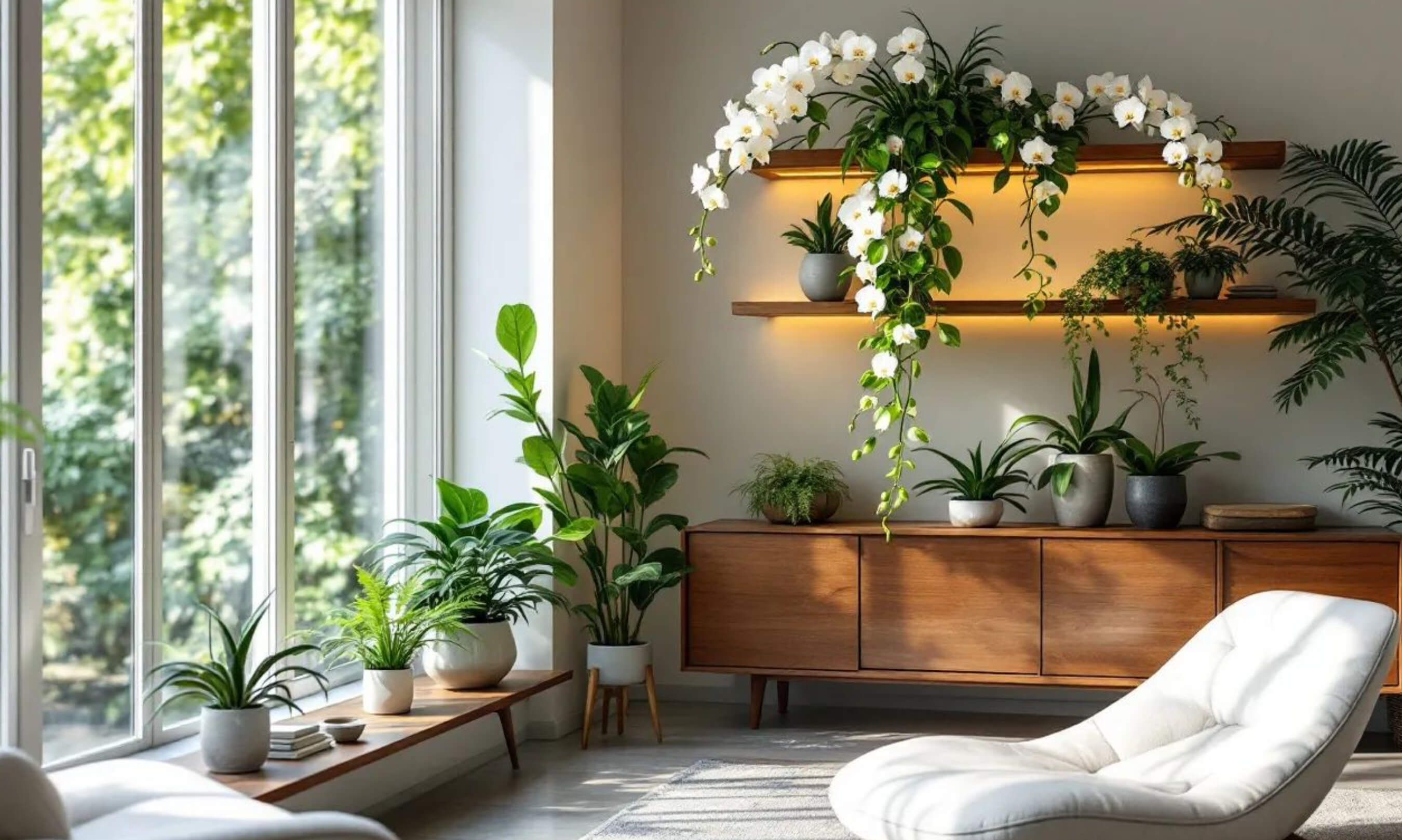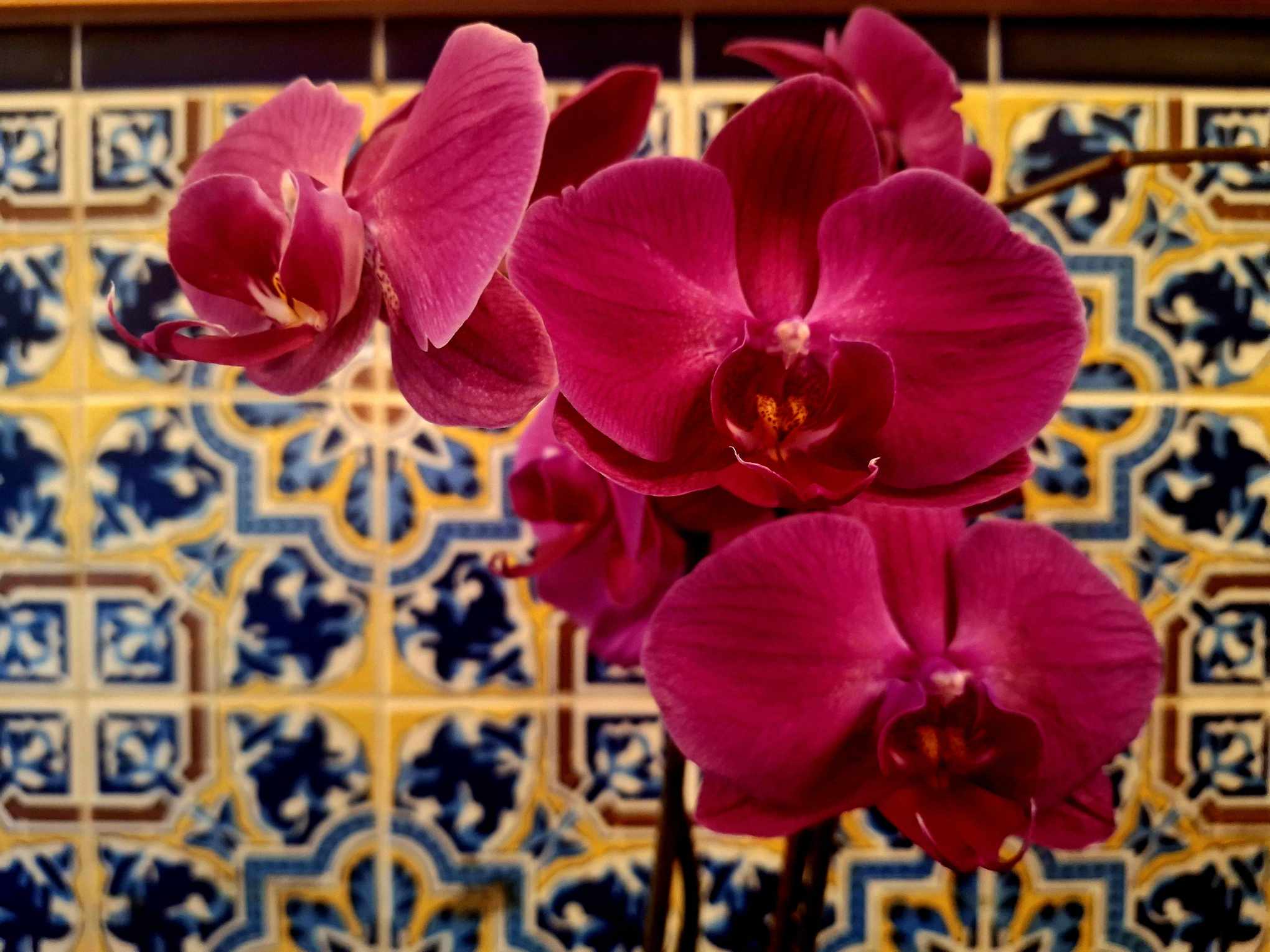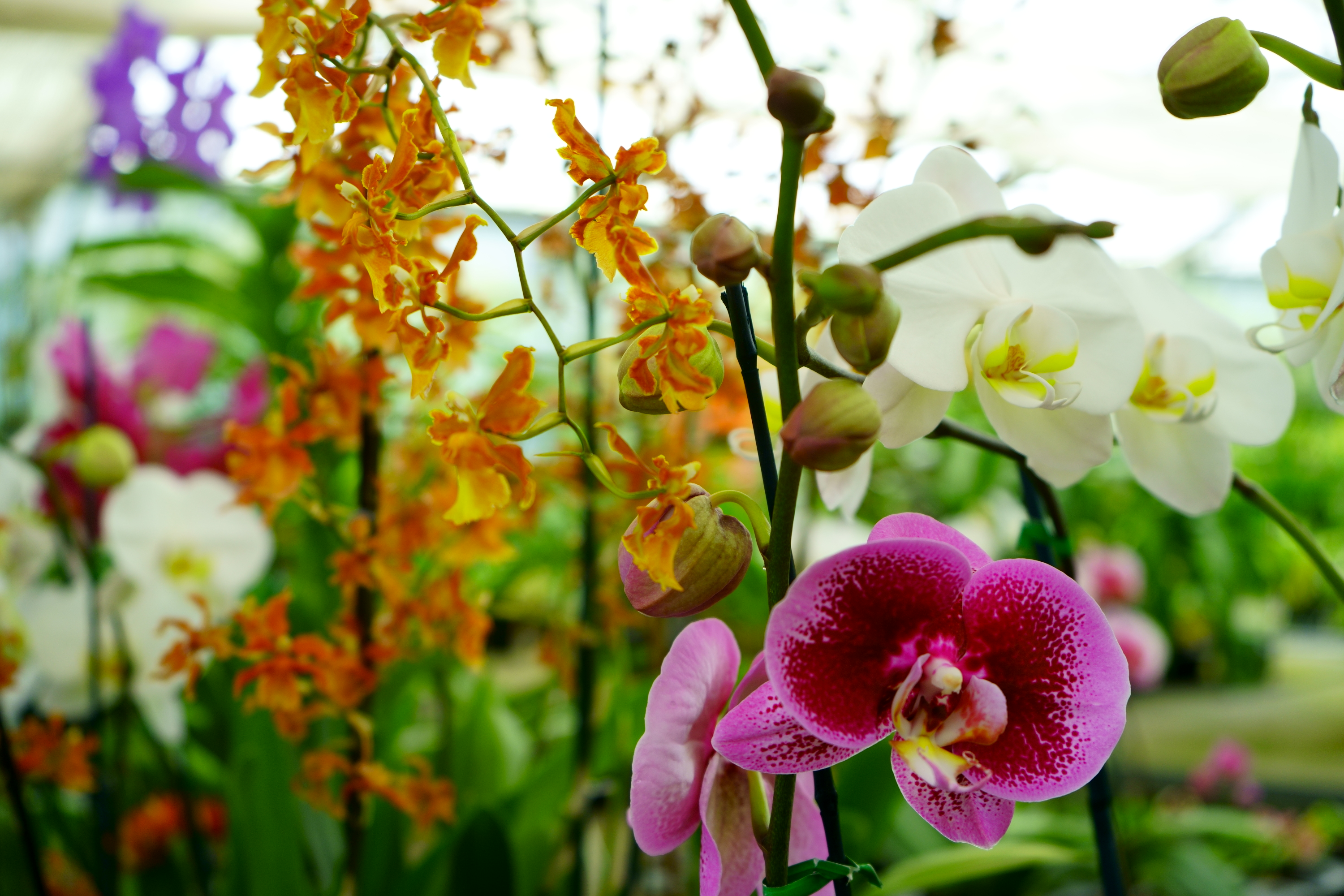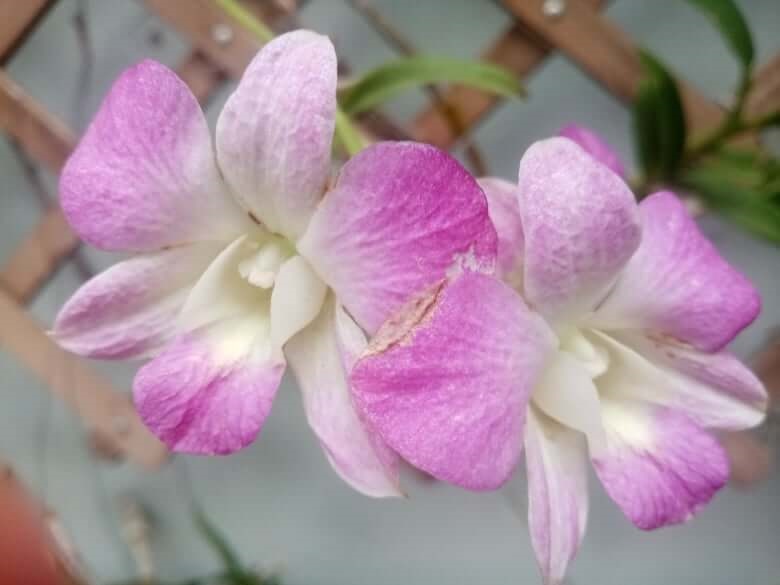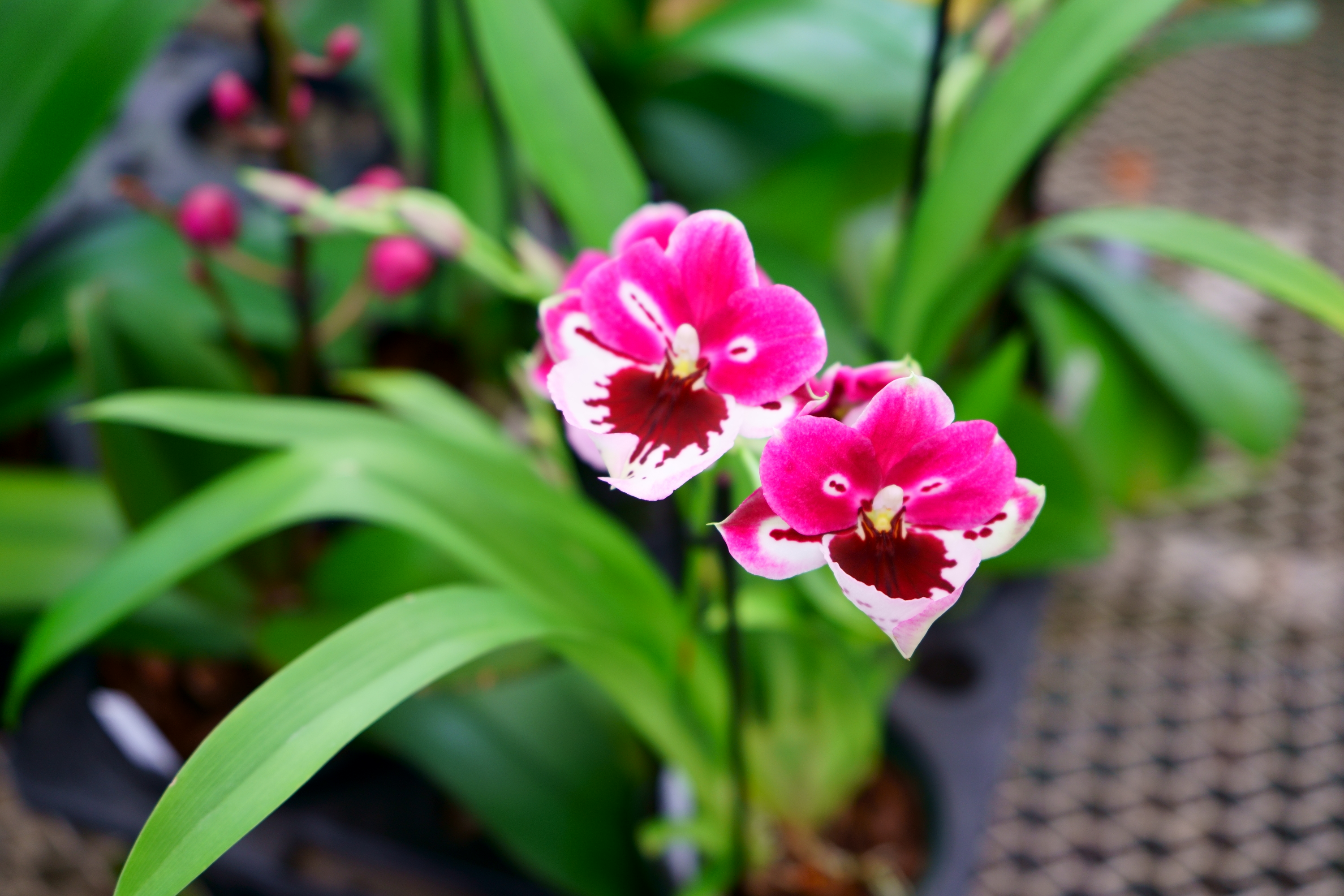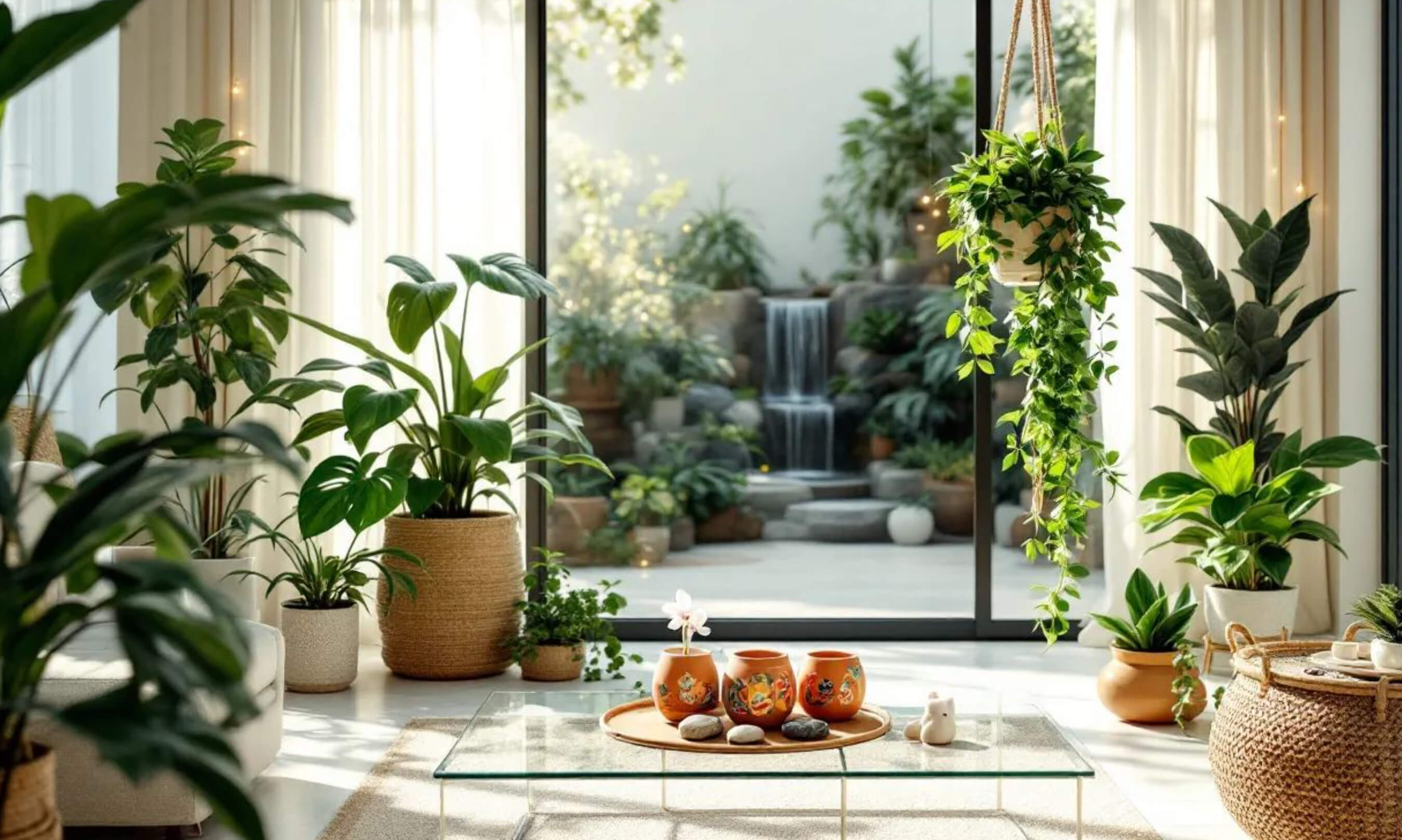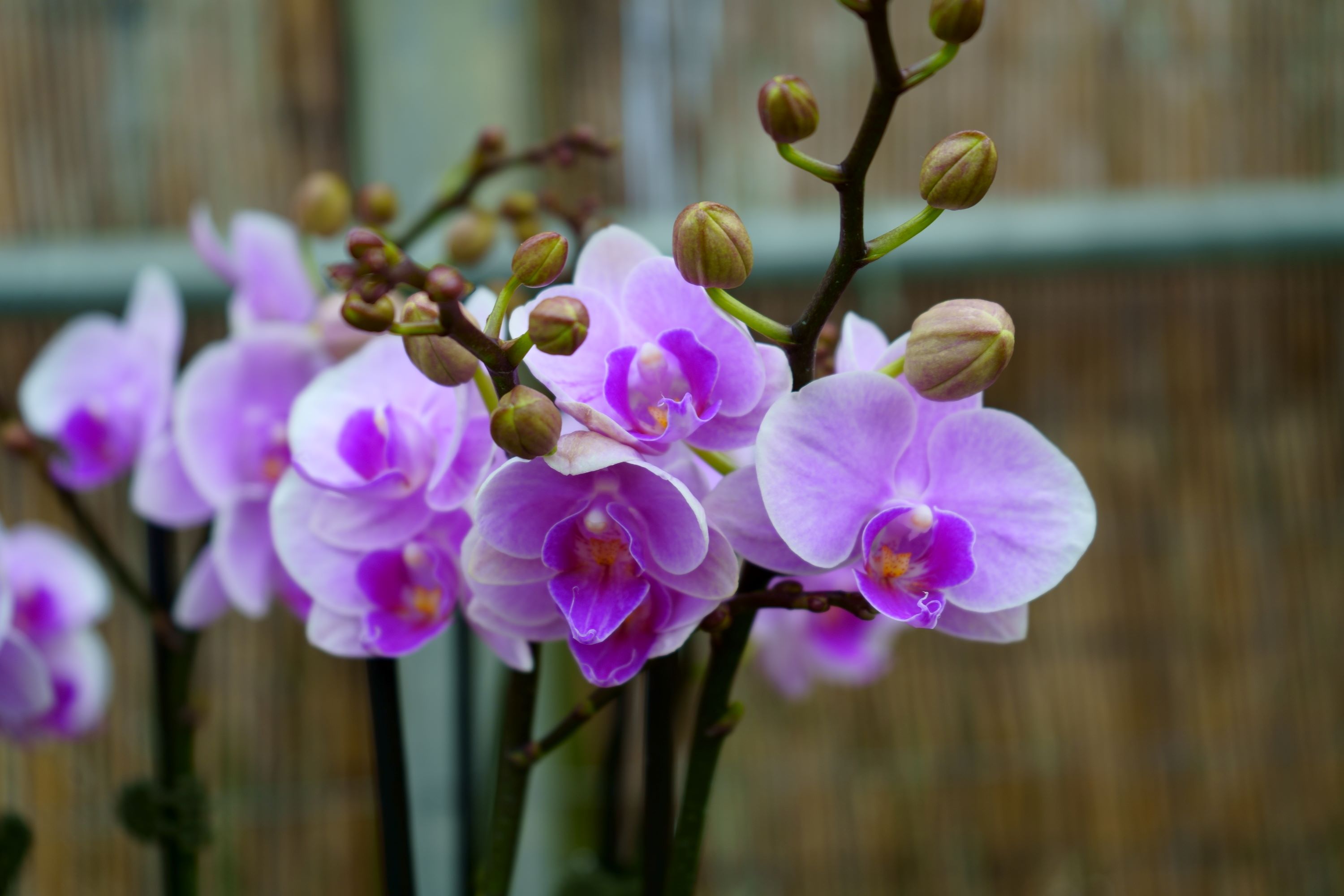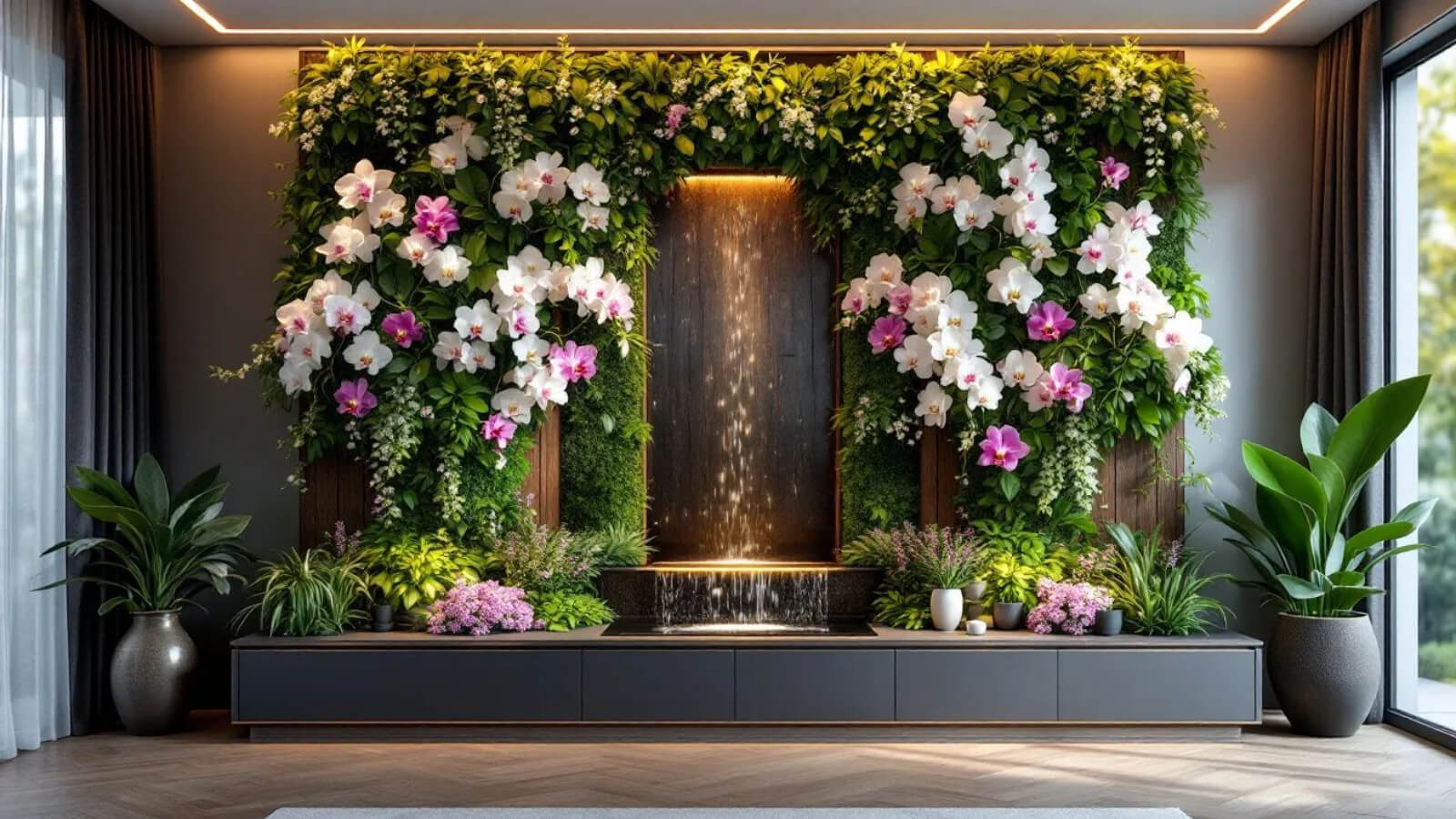Why Orchid Grow Light Supplementation Matters
No matter the species, all orchids can benefit from an orchid grow light, especially if natural light is insufficient. In this guide, we’ll explore the best orchid grow light solutions, design ideas, and tips to help your orchids thrive.
Orchids thrive when they receive the right amount of light, and proper lighting is crucial for healthy growth and vibrant blooms. While some orchids, like Phalaenopsis, Miltoniopsis, Masdevallias, and certain Paphiopedilums, prefer low to bright shade conditions, others, such as Brassias, Cattleyas, Miltonias, and Oncidiums, need brighter indirect light. Meanwhile, Brassavolas, some Cattleyas, and Vandas flourish in very bright conditions.

Heavenly Orchids participates in affiliate marketing programs, which means we may earn commissions on qualifying purchases made through our links. We only recommend products we genuinely believe in.
Love Orchids? Get the Best Tips Delivered!
Lighting Solutions for Orchids
When natural light is insufficient, LED orchid grow lights offer an ideal supplemental lighting solution for healthy growth and prolific blooming. According to the American Orchid Society, orchids thrive under lights that provide a balanced spectrum—particularly blue wavelengths (400-500nm) for foliage development and red wavelengths (600-700nm) to stimulate flowering. Modern LED orchid grow lights deliver this precise spectral balance while remaining energy-efficient and cool to the touch, preventing leaf burn (a common issue with traditional grow lights). For best results, the AOS recommends positioning lights 12-18 inches above orchids and maintaining a 12-14 hour daily photoperiod to mimic tropical conditions. Whether you’re growing light-hungry Cattleyas or shade-tolerant Phalaenopsis, a quality LED orchid grow light can mean the difference between survival and spectacular blooms.
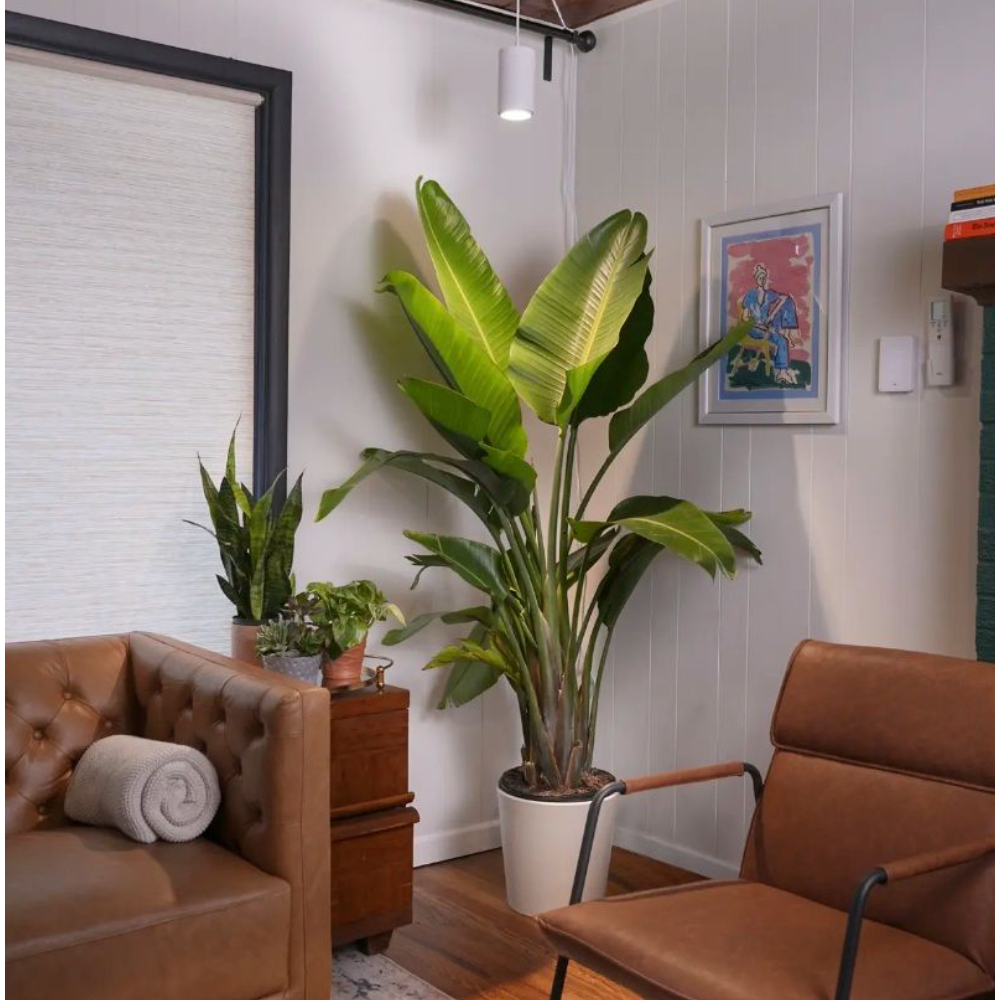
- Aspect Luxury Led
- Full Spectrum Lighting
- Sleek and Stylish Design
- Wide Coverage Area
- Consumes minimal energy
- Incredible 15 year long lifespan
- Performance, style, and reliability
Orchid Grow Light Design Ideas
If you have a small orchid collection, you may be able to rely on natural light from a shaded window. Orchids thrive in moderate to bright shade, but direct sunlight can scorch their leaves and harm them. Windows that receive early morning or late afternoon light are ideal for most orchids. While Vandas and Cattleyas prefer brighter conditions, they should still be kept out of direct sun. For most growers, however, supplemental orchid grow lights are essential to ensure consistent, optimal lighting. Below are some design ideas to help you get started.
- Natural Light Optimization: Place orchids near windows that receive early morning or late afternoon light. Use Venetian blinds, bamboo shades, or cellular shades to filter direct sunlight and create the perfect bright, indirect light conditions.
- LED Fixtures: Modern LED panels provide energy-efficient supplemental lighting tailored to orchids’ needs. Prioritize fixtures with a PPFD (Photosynthetic Photon Flux Density) of 200–400 µmol/m²/s at canopy level—the optimal range for most orchids according to recent studies. While PAR (Photosynthetically Active Radiation) remains useful for spectrum assessment, PPFD measurements better reflect usable light intensity for photosynthesis. For reference:
- Low-light orchids (e.g., Phalaenopsis, Paphiopedilums): 100–200 µmol/m²/s.
- High-light orchids (e.g., Cattleyas, Vandas): 300–500 µmol/m²/s.
Mount fixtures 12–24 inches (30–60 cm) above orchids, adjusting based on species-specific needs and light output. For a sleek design, consider flush-mount panels or adjustable hanging systems.
Recommended Product: Spider Farmer SF1000 LED Grow Light (Provides tunable PPFD up to 600 µmol/m²/s at 12").
Understanding Light Metrics for Orchid Grow Lights
When selecting an orchid grow light, three critical factors determine success: PPFD, PAR spectrum, and coverage footprint.
PPFD (Photosynthetic Photon Flux Density):
- Measures usable light intensity (in μmol/m²/s) reaching your orchids' leaves
Ideal ranges:
- 100-200 μmol/m²/s for low-light orchids (Phalaenopsis, Paphiopedilums)
- 300-500 μmol/m²/s for high-light varieties (Cattleyas, Vandas)
- Varies significantly by distance - always check manufacturer PPFD maps at different heights
PAR (Photosynthetically Active Radiation):
- Indicates the quality of light (400-700nm spectrum) for photosynthesis
- Optimal spectral balance:
- Blue light (400-500nm): 15-20% for compact leaf growth
- Red light (600-700nm): Enhances flowering (per AOS research)
- Green light: Improves visual appeal without sacrificing growth
Footprint & Positioning:
- Coverage area shrinks exponentially with distance
- Maintain 12-24" distance for most LEDs (adjust based on PPFD measurements)
- High-light orchids need tighter spacing (12-18") than shade-tolerant varieties
Pro Tip: Use a PPFD meter (or manufacturer data) to verify light levels match your orchid species' needs. Remember - proper intensity (PPFD) combined with optimal spectrum (PAR) creates ideal growing conditions.
LED Lighting Solutions for Orchids
If you’re a hands-on grower, you can create custom orchid grow light setups tailored to your orchid collection. View our Best Light for Orchids guide for a comprehensive review of the best lighting solutions for orchids. Here are some practical ideas to help you get started:
Shelving Units with LED Fixtures
Utilize height-adjustable wire shelving to customize placement based on light requirements. Install energy-efficient LED solutions like Aspect Luxury LED panels for premium full-spectrum coverage or T5 LED grow light strips for uniform, space-efficient lighting.
Position orchids strategically: place low-light varieties (Phalaenopsis) on lower shelves and high-light varieties (Cattleyas, Vandas) near the top. Maintain proper distances: 12-18" for Aspect Luxury LED panels and 6-12" for T5 LED strips. Always design shelving with waterproofing in mind to protect electrical components.
Vertical LED Lighting Systems
Maximize space with vertical LED solutions like wall-mounted Aspect Luxury LED panels or slim T5 LED fixtures between shelves. Benefits include multi-directional light coverage, space-saving designs for compact areas, and reduced heat output compared to traditional lighting.
For positioning: start with fixtures 24" (60 cm) from plants, then adjust based on orchid response and PPFD requirements. Use adjustable mounting systems for precise placement.
Pro Tips for Using Orchid Grow Lights
- Use LED fixtures with timers (12-14 hours daily) to maintain consistent light cycles and promote healthy growth.
- Rotate Your Orchids: Regularly rotate your plants to ensure even light exposure.
- Monitor Temperature: LED lights run slightly warmer than CFLs, so adjust the distance as needed.
- Stagger plants according to their light needs and ensure light from overhead sources can penetrate through the shelving. This setup allows you to customize the environment for each orchid.
- Watering Considerations: Design your setup with watering in mind to avoid spills or electrical hazards.
Recommended Orchid Grow Light Products
Here are some of our top picks for orchid grow lights and accessories:
- Best overall LED for Orchids: Aspect Luxury LED
- LED Grow Light Panels: Spider Farmer SF1000 LED Grow Light
- Adjustable Shelving Units: Height-adjustable wire shelving
- Light Timers: Heavy Duty Programmable Digital Timer (to automate your lighting schedule)
Your Orchids Deserve The Best
After implementing these lighting strategies, you'll notice that supplementing your orchids with an orchid grow light can make a world of difference in their health and blooming potential. The key is to provide the right amount of light without overheating or stressing your plants. With the right setup, you can create an ideal environment for your orchids to thrive year-round. May you be surrounded by the beauty of blooming orchids. For ongoing orchid care insights, subscribe to our newsletter and never miss expert advice
